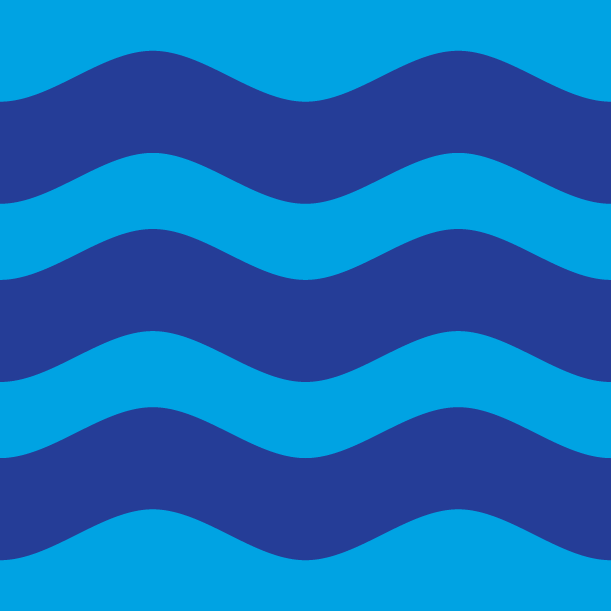Street Trees and their impact on our Rivers
By design, our developed areas are covered with materials that shed water. Parking lots, roof tops and streets are all engineered to move water quickly without being absorbed into the ground. This water is called stormwater runoff. As stormwater rushes over our streets and parking lots it collects all of the things we (and our vehicles) have left behind. During typical weather events, this water is sent to our water treatment facility and discharged into our rivers after treatment. When weather events result in high intensity and short duration runoff levels, our water treatment facility can become overwhelmed. As eloquently stated during a Stormwater Management training, “Watch out Toledo, Fort Wayne just flushed.” Stormwater runoff is a problem for everyone.
As we work to improve Fort Wayne’s Riverfront we can see how important street trees are in improving the water quality.
It is well known that trees increase property value, decrease heating/cooling cost, and clean our air. Not everyone knows that street trees can have a significant impact on the quantity and quality of water that enters our waterways and/or stormwater management system. Adding trees to our system is a cost effective way to reduce runoff and decrease stormwater treatment costs.
Trees capture rain in their canopy and release it slowly back into the atmosphere. This limits the amount of rain water reaching the ground, reducing stormwater runoff. One inch of rainfall over one acre equates to 27,000 gallons of water. I estimate that the City of Fort Wayne has approximately 3,589 acres of roads and our average rainfall is just over 38” per year. That’s a lot of water and this estimate doesn’t take into consideration our driveways and rooftops. A mature tree in full leaf can intercept as much as 60% of a .25” rainfall, 40% of a .5” rainfall and 10% for rainfalls totaling 1” and greater.
Trees help the surrounding soil absorb water. This is a good thing because water that is absorbed into the soil doesn’t enter our “grey” system. By grey system I am referring to the curbs, gutters and pipes that move water for us. I like to think of our trees as being part of Fort Wayne’s ‘green’ storm water management system. Expanding (and decaying) tree roots create macro pores and stable micro pores in the soils which move water through the soil far more effectively. Even the frustrating leaf litter has a positive impact on soil infiltration rates by depositing organic matter and improving the overall soil structure.
Trees slow down, clean and temporarily store runoff. As trees absorb water through their root system, they are also absorbing nutrients and pollutants. These pollutants are transformed into less harmful substances. This process is called phytoremediation. Phytoremediation is the use of living plants to clean soil, air and water contaminated with hazardous chemicals. Mangroves, for example, scrub the carbon from the water and from the air. On a yearly basis, mangrove trees are responsible for hoarding as much as 42 million tons of carbon, which is the equivalent of the emissions of about 25 million cars. While I am yet to find a mangrove forest in or around Fort Wayne, our street trees certainly offer a low cost, solar energy driven cleanup strategy. In one day, a large tree can lift up to 100 gallons of water out of the ground and discharge it into the air.
We are lucky in Fort Wayne to have the vast acres of woodlands along our rivers. These woodland trees perform all of the same functions and provide the same benefits as do street trees. We will be wise to protect this asset as we turn our attention, at last, back to our rivers.
 BIO: Derek Veit is the Fort Wayne Parks & Recreation Department’s Superintendent of Urban Forestry and City Arborist.
BIO: Derek Veit is the Fort Wayne Parks & Recreation Department’s Superintendent of Urban Forestry and City Arborist.

